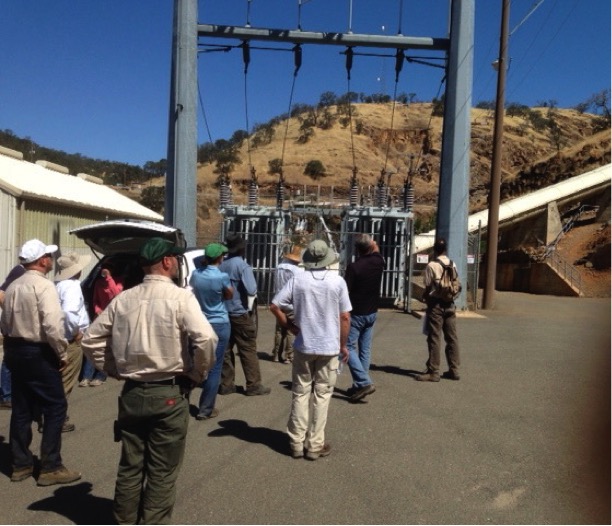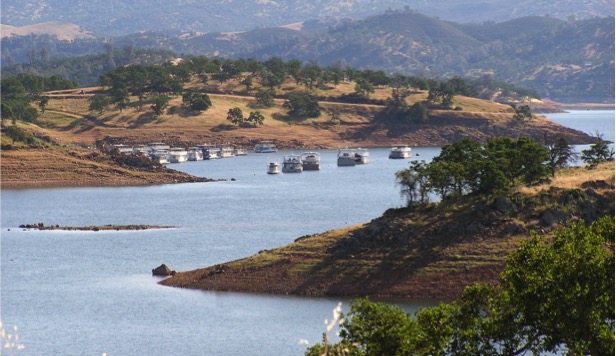For many years a complex hydroelectric “relicensing” plan for Don Pedro Reservoir, LaGrange Dam, and the Lower Tuolumne River has inched forward -- with ongoing debates over river flows, recreational facilities, dwindling salmon and steelhead populations, and the price tag if water districts and their customers are required to pick up the tab for measures to improve the health and the public benefits of the Tuolumne River.
CSERC has been one of the environmental groups that have participated in the years of Federal Energy Regulatory Commission (FERC) meetings. We’ve also attended field trips and engaged in difficult discussions with water districts and their supporters. After all of the years of debates and counter-proposals, the FERC planning process is now moving into a final phase.
The water districts have formally filed their proposed plan. It includes adjustments of river flows, an envisioned new commercial raft take-out structure at Wards Ferry, lots of gravel put into the river to enhance salmon spawning, and a proposed fish hatchery to bolster the dwindling salmon population in the River.

Conservation groups and recreation interests, along with state and federal land management agencies and wildlife agencies, have collectively promoted a more ambitious set of measures to rehabilitate the River and to restore anadromous fish. Besides the raft take-out, there is a desire for day-use recreation facilities and improved parking at Wards Ferry. Higher minimum flows in the river and cooler water temperatures are recommended during times of the year when fish would benefit. And there have been discussions about the possibility of collecting salmon below LaGrange Dam as they return from the ocean, and transporting them above Don Pedro Reservoir (photo below) to allow them to spawn in historic spawning habitat in the Upper Tuolumne River. The water districts have not supported that strategy, in part, due to the significant cost.

In the year ahead, agencies, water districts, NGO’s, and recreation interests will all be attempting to justify their proposals, defend recommendations, and possibly negotiate compromise alternatives. Once finalized, the approved FERC relicensing plan will set river management direction for the Lower Tuolumne River for next 40-50 years.

